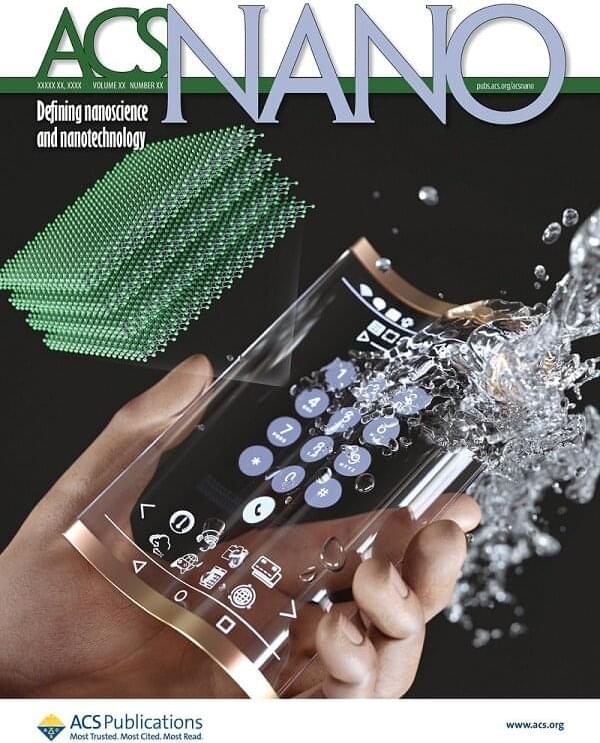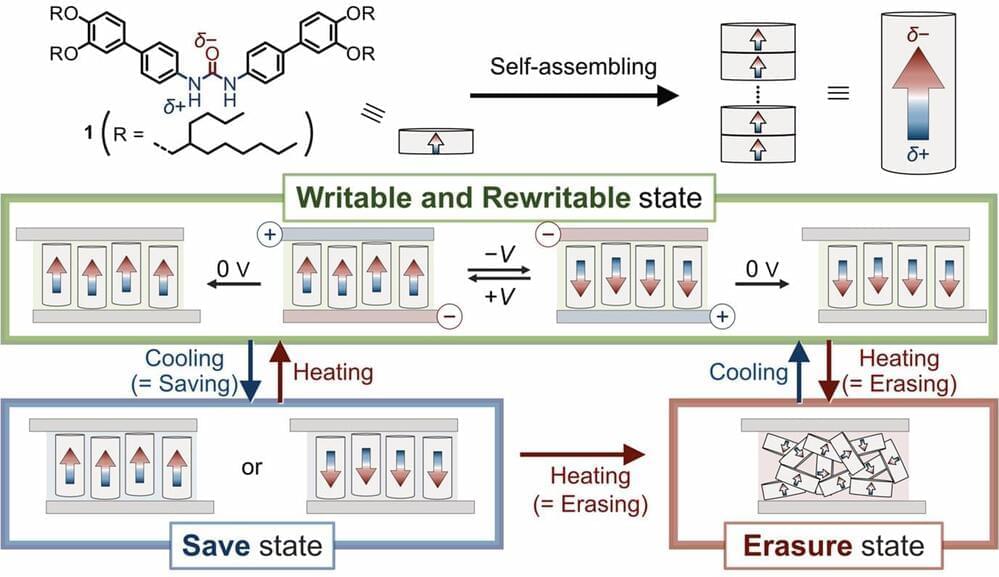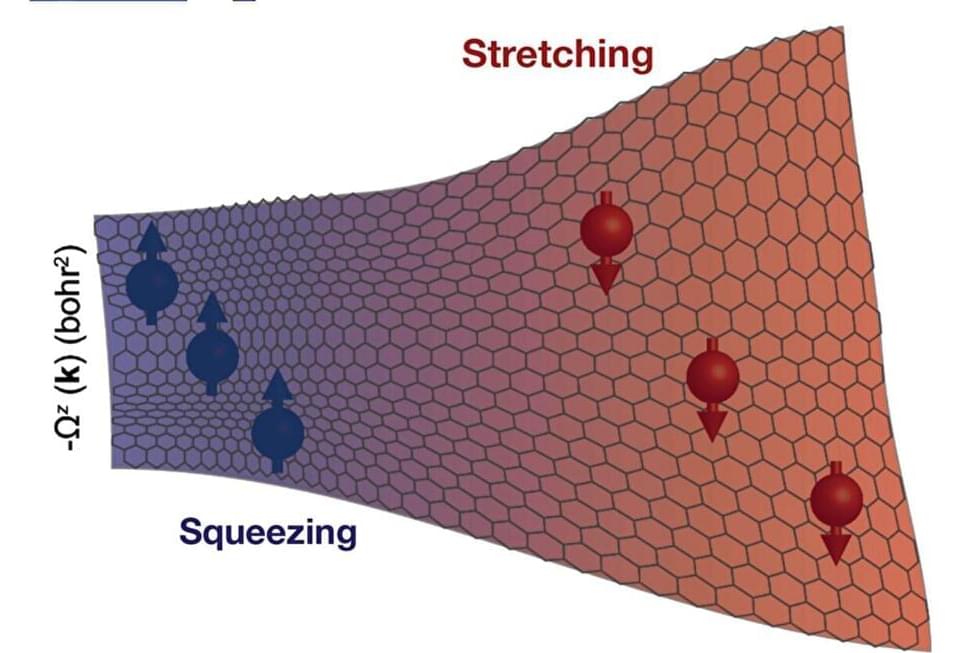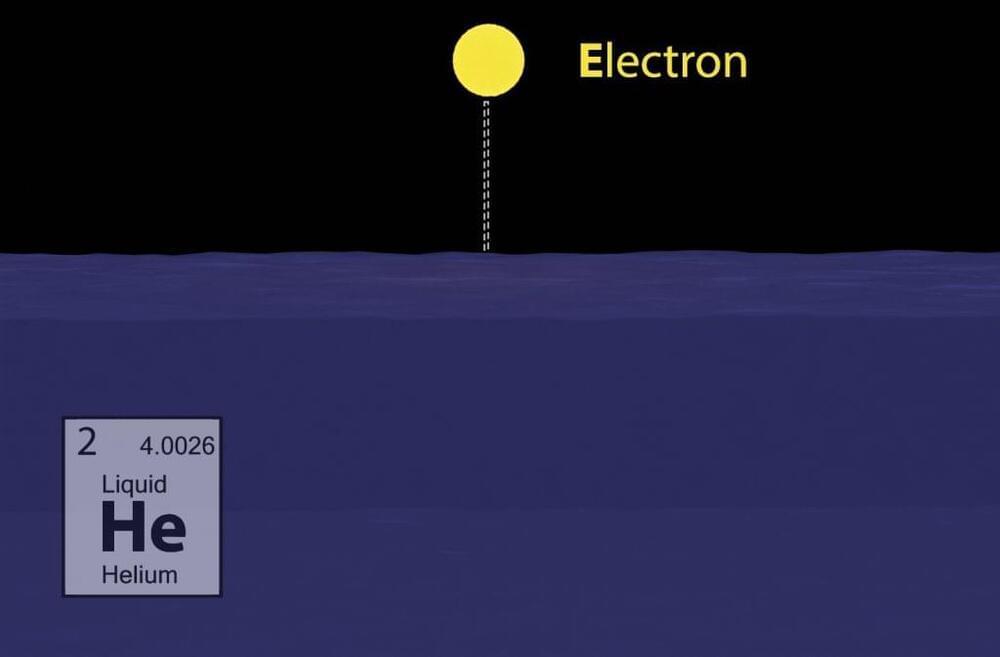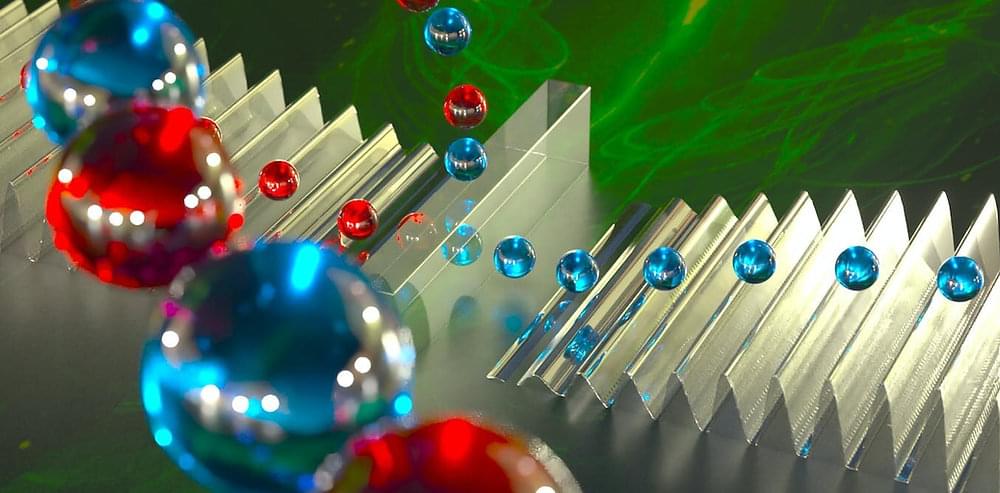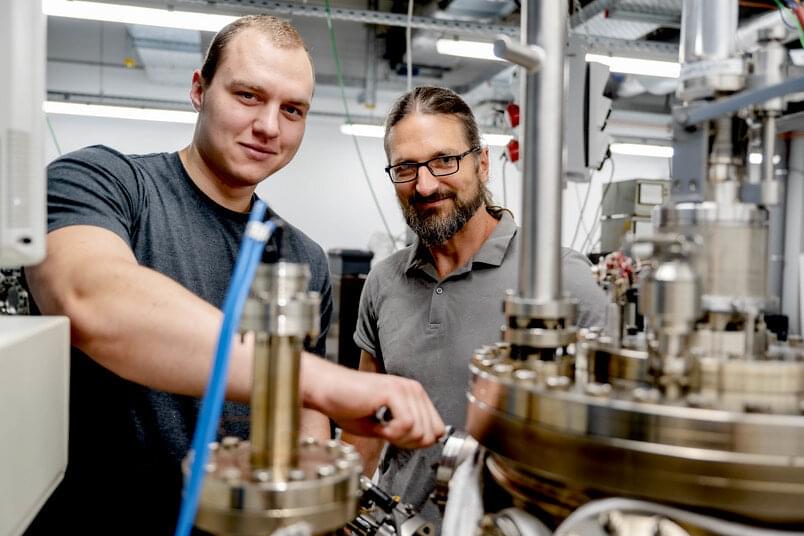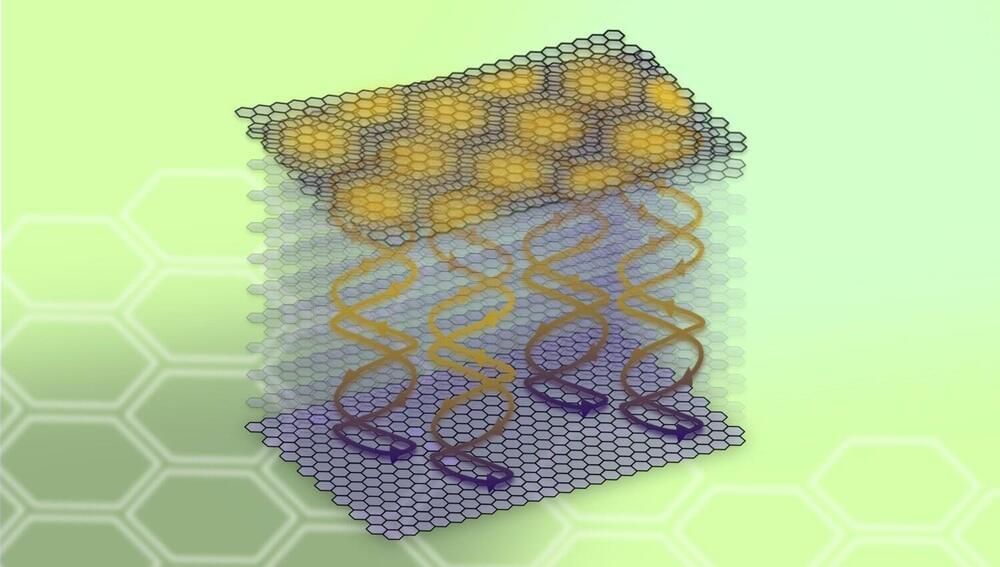Adopting a curious mindset over a high-pressure one can enhance memory, according to recent research from Duke University. The study showed that participants who envisioned themselves as a thief planning a heist in a virtual art museum demonstrated better recall of the paintings they encountered than those who imagined executing the heist on the spot while playing the same computer game.
The slight variation in motivations — the urgent need to achieve immediate goals versus the curious exploration for future objectives — could have significant implications in real-life scenarios. These include incentivizing people to receive a vaccine, prompting action against climate change, and potentially providing new treatments for psychiatric conditions.
The findings were recently published in the Proceedings of the National Academy of Sciences.

